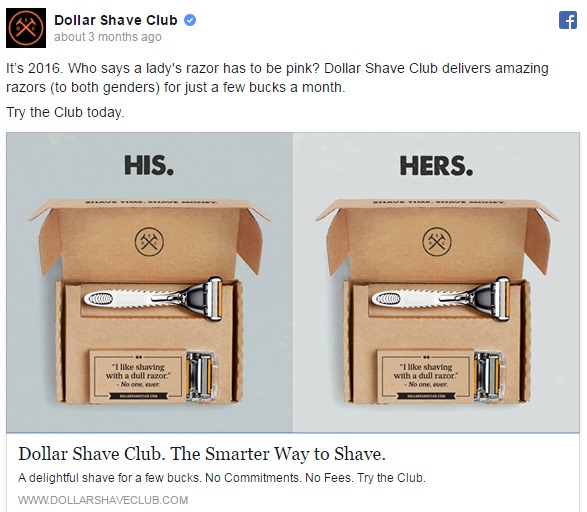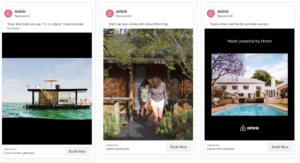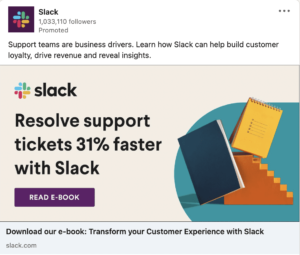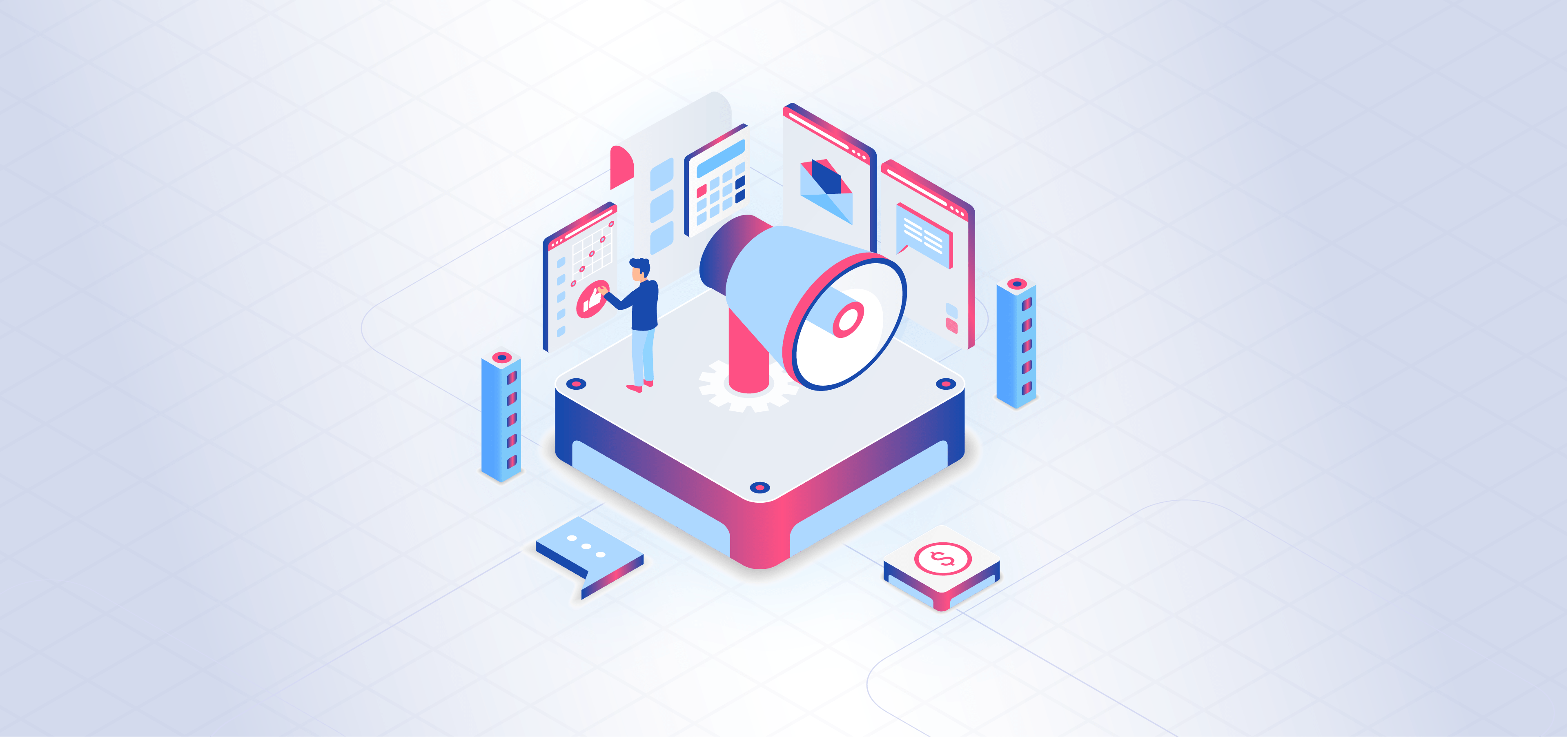Your business needs a set of target audience to buy your product or service. Grouping those people is hard in the true sense. Organically, your brand grows when the awareness level is on the same ground.
To build an online presence from the early on, creating countless creatives will not help.
You better need PAID MEDIA.
Be it a budding e-commerce business in Dubai or a tech startup in Silicon Valley, everything comes at a cost, especially in the first few phases of establishment.
What do you get in return once you play paid ads? You get the right audience to drive sales, the ideal location to double your reach, and the perfect social media platform to boost engagement.
But..let’s be honest.
The term ‘paid media’ doesn’t exactly scream excitement or easy peasy. It conjures images of spreadsheets of leads, jargon-filled reports, and a few frustrated sighs.
Hold your horses. What if we told you that building a successful paid media strategy in 2024 could actually be…dare we say…fun? A creative puzzle indeed; where you get to experiment, analyze, and grow.
Buckle up and get ready to ditch the snoozefest. This is your step-by-step guide to curating a paid media strategy that not only delivers results but also sparks your creativity and fuels your business growth.
What is Paid Media?
Paid media encompasses any content you pay to promote on various platforms. It’s the counterpart to owned media (your website, blog, social media platforms) and earned media (press coverage, influencer mentions), allowing you to control the message and reach the right people at the right time.
First of All, Why Paid Media Matters?
It’s not just about throwing money at ads, but strategically using those resources to get specific goals done in the checklist. In the traditional point of view, you might think your business might be cheating on people. But this is worth doing, especially when you live in a world bombarded lareday with so much of information and platforms. Thus, it is important to cater to factors that directly influence your business or you think they might help in your business awareness.
1.Targeted Reach: Laser-focus your efforts on specific demographics, interests, and behaviors, making sure maximum impact.
2.More Visibility: Better your brand awareness and reach new audiences from different walks of life, even in crowded markets.
3.Faster Results: See quicker returns on your investment compared to slower-burning organic strategies. Even if it’s negative, no worries as you get to learn faster instead.
4.Measurable ROI: Track key metrics and monitor your campaigns thoroughly for consistent improvement.
5.Control and Flexibility: Adjust your budget, targeting, and creativity accordingly in real-time for optimal performance.
Some Interesting Examples You Might Love to Know
1. Fenty Beauty by Rihanna

This brand exploded onto the scene with a diverse and inclusive product line. They heavily used influencer marketing on Instagram and YouTube, partnering with beauty gurus across different ethnicities and skin tones. This generated massive buzz and drove sales, establishing Fenty as a major player in the cosmetics industry.
2.Dollar Shave Club

This company disrupted the razor market with a subscription model and humorous, viral marketing. They cleverly used Google Ads to target keywords related to men’s grooming. Their compelling ad copy and strategic keyword selection led to a surge in subscriptions and brand awareness.
3.Airbnb

To compete with established hotel chains, Airbnb focused on building a sense of community and personalised experiences. They used social media marketing with visuals and user-generated content to show unique stays at a flexible cost and inspire wanderlust. This strategy effectively positioned Airbnb as a desirable alternative for travellers seeking authentic experiences.
4.Slack

This workplace communication tool gained rapid adoption through a mix of content marketing and paid media. They created valuable resources and guides for businesses, then promoted them through targeted ads on LinkedIn and other platforms. This approach established Slack as a thought leader and drove sign-ups from businesses seeking to improve collaboration.
5.MasterClass

This worldwide-known online education platform offering premium courses from renowned experts made use of video advertising heavily. They create trailers and previews of their courses, running them as pre-roll ads on YouTube and other video platforms. Their strategy showcases the high quality of their courses and entices viewers to subscribe.
All in all, such examples definitely highlight the power of paid media when executed strategically.
1. Dream Big, But Measure Everything
We’re talking about crystal-clear objectives here. What do you REALLY want to make out of your paid media efforts?
Skyrocket your brand awareness?
Flood your website with traffic?
Generate leads like a lead-generating machine?
Boost sales and watch the cash roll in?
But here’s the kicker, you need to measure your progress. KPIs are your trusty compass, guiding you towards your goals. Without them, you’re sailing blind. Track those website visits, conversion rates, and ROAS like a hawk.
2.Get Inside Your Audience’s Head
Trying to sell ice to Eskimos? Not very effective, right? That’s why knowing your audience is the first thing. It’s like having a secret decoder ring to their desires, fears, and online habits.
Who are they, really? What makes them tick? What keeps them up at night?
Where do they spend their time online?
What challenges do they face? How can your product or service be their knight in shining armor?
Use all the tools at your disposal – Google Analytics, social media insights, even good old-fashioned conversations – to paint a vivid picture of your ideal customer.
3. Channel Surfing: Find Your Perfect Wave
The digital world is a vast ocean of advertising channels. But don’t just dive in headfirst. Choose the channels that align with your audience and objectives specifically.
4. Budget Wisely, Bid Strategically
Money talks, but it doesn’t have to shout. Set a realistic budget that aligns with your goals and potential ROI. Think of it as investing in your future success. Then, choose a bidding strategy that matches your objectives.
- Cost-per-click (CPC): Pay only when someone shows genuine interest by clicking your ad.
- Cost-per-thousand impressions (CPM): Get your message seen by a wide audience. It’s like putting up a billboard on the digital highway.
- Cost-per-acquisition (CPA): Focus on those precious conversions. Pay only when someone takes the desired action, like making a purchase or signing up for your newsletter.
5. Make the Best Out of Your Inner Creativity
Your ad creatives are your chance to shine. They’re the first impression, the digital handshake. So make them count. Unfortunately, there are heavy no. of marketers who underestimate ad creatives due to one of the three reasons.
- Focus on data and targeting: The rise of data-driven marketing and sophisticated targeting options has led some marketers to prioritize those aspects over creative quality. They may assume that reaching the right audience is enough, even if the ad itself isn’t particularly engaging.
- Budget limitations: Smaller businesses or startups with limited budgets may opt for quick and easy ad creation tools or templates, sacrificing originality and impact for cost-effectiveness.
- Lack of understanding: Some marketers may not fully grasp the crucial role that compelling visuals, strong copywriting, and effective storytelling play in capturing attention and driving conversions.
What’s our full-time suggestion?
It’s important to grow recognition of creative importance.
- Emphasis on creative effectiveness: Industry reports, like those from Nielsen and Kantar, consistently highlight the significant impact of ad creative on campaign performance and ROI. For example, Nielsen found that creativity influences 56% of a campaign’s sales ROI.
- Investment in creative talent: Many popular brands/businesses are increasingly investing in skilled designers, copywriters, and creative agencies to develop high-quality ad creatives.
- Rise of AI-powered creative tools: The emergence of AI tools that assist with ad creative generation and optimization indicates a growing recognition of the need for innovative and engaging content.
Each platform and audience segment is unique in its own way. Recreate your creatives accordingly. A/B test different versions to see what resonates best. It’s like conducting a mini popularity contest for your ads, that is–which works the best for you?
6. Target Like a Pro
Gone are the days of spray-and-pray advertising. Today’s platforms offer laser-focused targeting options.
- Demographics: Reach the right age, gender, location, and even income level.
- Interests: Connect with those who share your passion for vegan cooking, vintage cars, or underwater basket weaving
- Keywords: Appear in searches for specific terms. It’s like having a virtual storefront on every relevant search results page.
- Retargeting: Reconnect with those who have shown interest before. It’s like a gentle nudge saying, “Hey, remember me? We’ve got something special for you”
- Custom audiences: Target specific groups based on your own data. It’s like having a VIP list for your ads.
7. Become a Data Detective
Don’t just set it and forget it! Monitor your campaigns like a hawk, analyze the data, and optimize for peak performance.
- Track your KPIs: Are you hitting your targets? If not, it’s time to investigate.
- Use analytics tools: Google Analytics is your best friend. Dive deep into the data to uncover hidden insights.
- A/B test everything: From headlines to images to calls to action, test different elements to see what works best.
8.Don’t just keep up with the AI revolution, LEAD IT
It’s no secret that marketers are drowning in data. In fact, Smartly.io reports that around 66% of marketers are overwhelmed by the sheer number of channels and platforms they need to manage. But instead of being buried by data, AI allows us to harness it for unprecedented levels of efficiency and performance.
AI-Powered Targeting: Precision Meets Personalization
Gone are the days of broad demographics and guesswork. AI algorithms can analyze vast datasets to pinpoint your ideal customer with accuracy.
Ad Personalization: Crafting Unique Experiences at Scale
AI takes personalization to the next level by dynamically tailoring ad content to each user. This means delivering the right message, to the right person, at the right time. An e-commerce platform can use AI to analyze a user’s browsing history and purchase behavior. If someone previously viewed running shoes, they might be shown ads featuring new arrivals or special offers on running gear. This level of personalization creates a more engaging and relevant experience, increasing the likelihood of conversion.
Automated Bidding: Maximizing Your Budget with Machine Learning
Say goodbye to manual bid adjustments and hello to AI-powered optimization. Machine learning algorithms can analyze real-time data to automatically adjust bids and maximize your return on ad spend. Instead of setting a fixed bid for a keyword, AI can dynamically adjust bids based on factors like time of day, user location, and competition. This ensures you’re always bidding the optimal amount to achieve your desired outcome.
Performance Analysis: Insights, Improvement & MORE
AI doesn’t just optimize campaigns in real-time, it also provides invaluable insights into performance. By analyzing data across channels, AI can identify trends, uncover hidden opportunities, and highlight areas for improvement. It identifies that your Facebook ads are driving the most conversions, but your Instagram ads have a higher click-through rate. Armed with this knowledge, you can reallocate your budget and optimize your creative to achieve even better results.
Ready to Rock the Paid Media World in Wizer Way?
The future of paid media, as we know, is automated, and personalized. Building a successful paid media strategy in 2024 is about combining creativity, data-driven decision-making, and a willingness to adapt.
If your business is in the UAE or anywhere in the world, Wizer got you. With our set of licensed professionals and freelancers in the UAE, we are the first platform to make things happen for you in real time.
Download the Wizer app today







No Comments